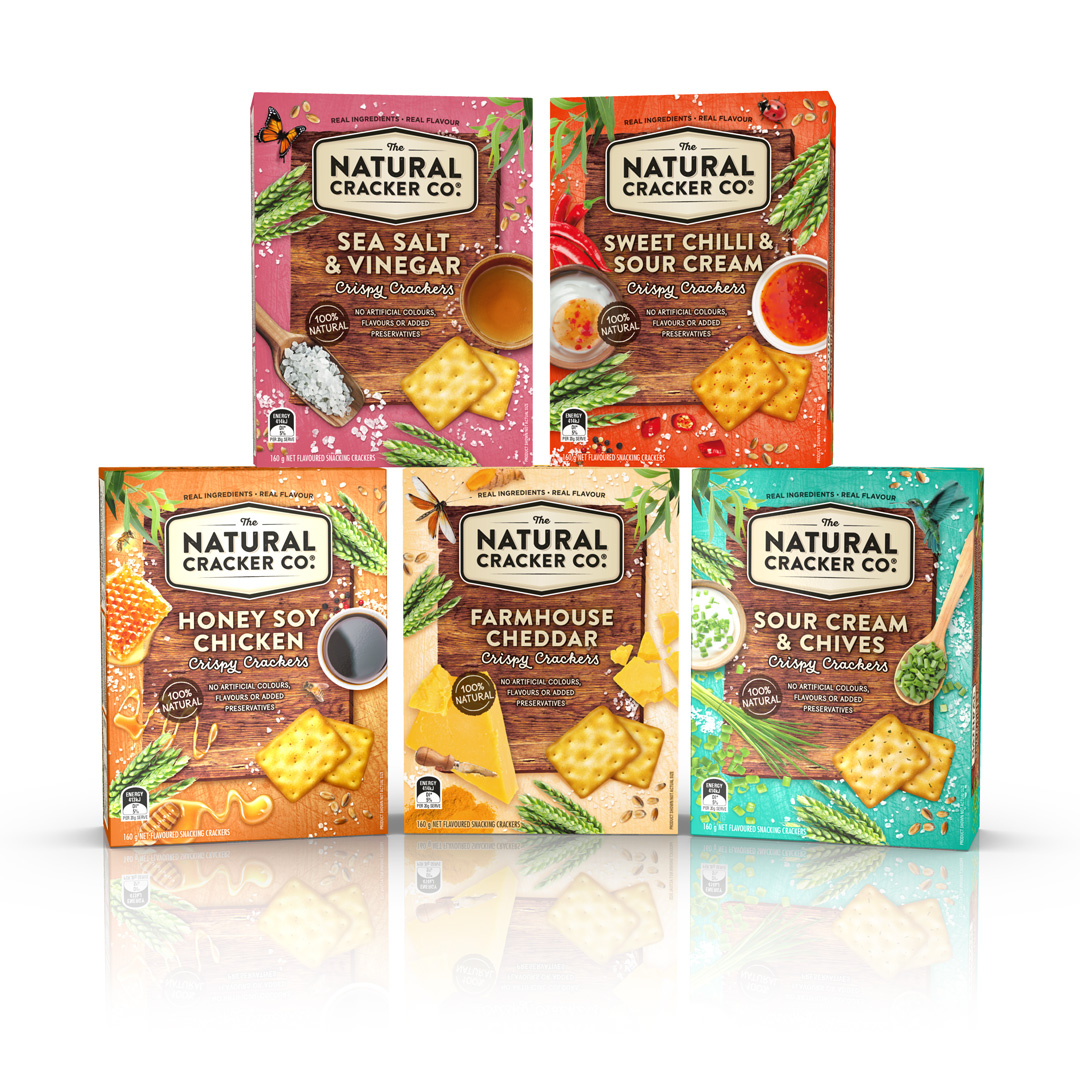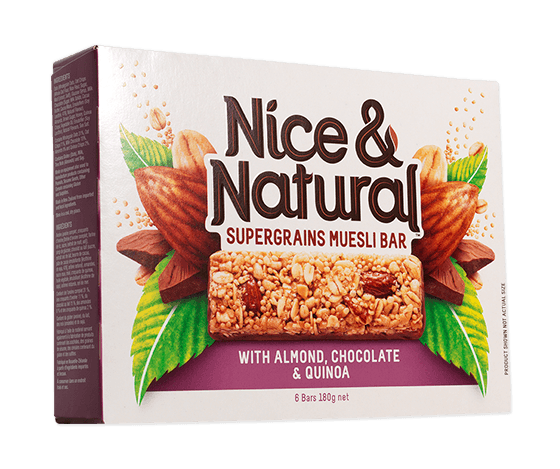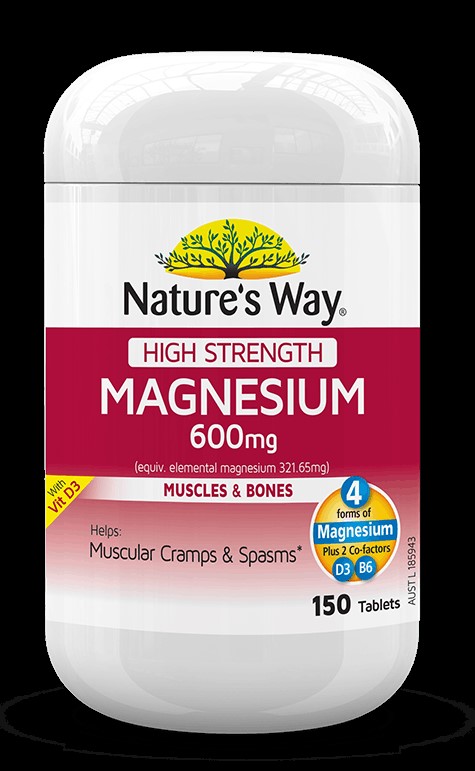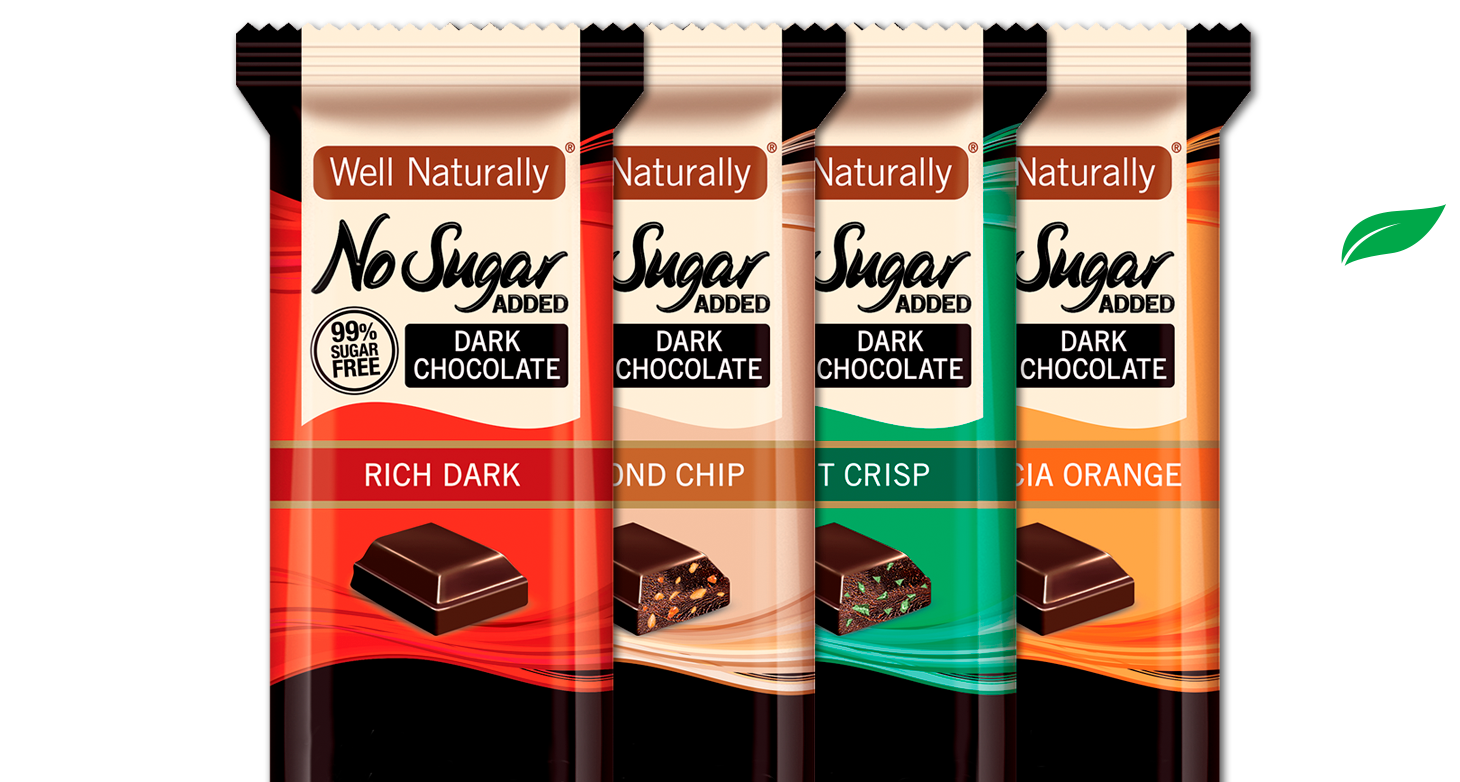What does ‘natural’ really mean? Is it code for healthy?

Stroll down any supermarket aisle and you’ll soon spot foods labelled as ‘natural’, ‘all natural’ or ‘made from natural ingredients’. Sometime it’s made from ‘Only natural flavours and colours’. Sometimes you’ll read ‘100 per cent natural’. It’s the in-thing when it comes to marketing foods and seems to confer a ring of health (a health halo) over the products. But what does the term 'natural' really mean? Does it mean that a food is somehow better-for-you?
Definition of ‘natural’
According to Wikipedia, something that’s called natural should contain nothing artificial or synthetic. The term implies a food that’s not man made or interfered with by humans.
This means foods that are not processed and whose ingredients are all natural products (in the chemist's sense of that term), thus conveying an appeal to nature. ‘Natural foods’ are often assumed to be foods that do not contain any food additives, or do not contain particular additives such as hormones, antibiotics, sweeteners, colours or flavours that were not originally in the food.

What FSANZ says about ‘natural’
The official setter of standards in Australia and New Zealand known as FSANZ has no formal definition and does not regulate the term ‘natural’ on food labels. This means manufacturers can interpret it any way they see fit. Despite the fact that it’s basically meaningless, it’s clear that the word ‘natural’ on a pack helps sell. Nothing makes us buy a food quite like the fabulously-ambiguous word ‘natural.’ It makes a product sound so much better for us!
Use your judgement
Because there’s no universal or legal definition of what a product must or must not contain, or how it must be processed, in order to claim it’s natural we, as consumers, need to use our judgement on whether or not a particular food is good for us or better than other similar foods.
For example, the Snakes pictured above from The Natural Confectionery company may have no artificial colours or flavours but the first ingredient is glucose syrup, the second is cane sugar and the eighth is fruit juice concentrate.
If you look at the Nutrition Information Panel (check out my eBook on Food Labels – Cracking the Code), you’ll see they have 75 g of sugar per 100 g. That means they are ¾ sugar! Yes, I know they’re lollies and that’s what lollies are, but my point is the fact they have only natural colours and flavours in them doesn’t make them healthy. They may be better than those with artificial colours and flavours but that’s all. You still need to eat them sparingly, if at all.
What the ACCC says about ‘natural’
Use of the term ‘natural’ in food labelling is regulated by Australian consumer law which is administered by the Australian Competition and Consumer Commission (ACCC). These guidelines say only that labels must not be false, misleading or deceptive. Consumers, manufacturers and retailers alike are left without a guide as to what the use of the term ‘natural’ actually requires. And consumers may view what is ‘natural’ differently to manufacturers and retailers. Consequently, when using the term, ‘thought should be given to what the consumer would think’.
So, again, it’s really up to you to judge how close to nature a food is and even if it is 'natural', should you eat it? Raw sugar and honey can be regarded as natural but are not particularly healthy.
My view about ‘natural’
Shoppers, I imagine, would expect a food labelled as ‘natural’ to have nothing added, to be entirely made of unprocessed, naturally-occurring ingredients, and not to have undergone any sort of processing or treatment (or to be minimally processed such as simple drying). They would also expect it to be free of GM and have no additives or artificial (lab-synthesized) colours or flavours. Really as close to nature as possible.
Other meanings of ‘natural’
Remember that ‘natural’ can also mean ‘plain’ or unflavoured (as in the opposite of say flavoured yoghurt) or ‘not cooked’ (as in the opposite of say toasted muesli).
Questions you need to ask yourself
It’s wise to be cautious about anything labelled ‘natural’. Before you buy, consider these three questions:
- Do you see a claim of ‘natural’?
If you do, use your common sense to work out if it’s correct or not. Ask yourself if it is free from chemicals and anything artificial.
- Do you spot the brand name or slogan?
Often the word is part of the company name. For example, as in The Natural Confectionery Company or the Natural Cracker Company or Go Natural or Pure and Natural, four well-known and memorable brands. Or retail outlets such as Shop Naturally, Natural Health and Naturally Good. Or you may spy slogans such as ‘Just as Nature intended’ or ‘Nature’s way’.

However, it’s worth noting that just because the word ‘natural’ is on the pack, this doesn’t mean that the ingredients are healthy or that the processing uses nothing out of the usual. After all, natural chips are not all that healthy due to their high level of salt, bad fats and the fact that they are kilojoule dense and nutrient poor. Plus, they’re hard to stop at a handful! Ultimately, sugar, salt and fat are ‘natural’ but that doesn’t equate to healthy or ‘good for you’.
- Does the product claim to have no artificial flavours or colours?
This doesn’t necessarily make a food better for you.
Flavours
We really have no clue as to what’s in flavours. These are a broad group and can hide a multitude of ingredients.
Colours
Most of the artificial colours have been replaced by more natural ones. So, the older tartrazine yellow (102) is now no longer used in confectionery where it’s been replaced by elderberry extract or paprika oleo-resin. Don’t forget that there are many naturally-derived colours too such as annatto or caramel which are now considered harmless but may well turn out to be a problem in the future. These can still appear on a food called natural.
Foods sold as natural

- Natural wine (contains no sulphite preservative which is widely used in the industry)
- Natural almonds, peanuts and other nuts (often implies they are healthier but generally is seen to mean unsalted and not roasted)
- Lollies (have no colours but usually contain natural colours – blue was phased out in M&Ms and Smarties years ago) but they still mainly contain sugar!
- Foods sold in bulk such as legumes, nuts, whole grains, unbleached flours and apricot squares.
- Natural peanut butter (made from 100% peanuts and no other added oil, sugar or salt)
The bottom line
Just because a food is labelled ‘natural’ does NOT mean it is code for ‘healthy’. There may be high amounts of added fat, added sugar or salt which negate the healthiness and take a product from ok to not-so-good. We want to eat food that is tasty and healthy for us but it all depends on what we mean by this. Most likely, natural means there’s no added chemical ingredients. Approach with a sceptical mind.







